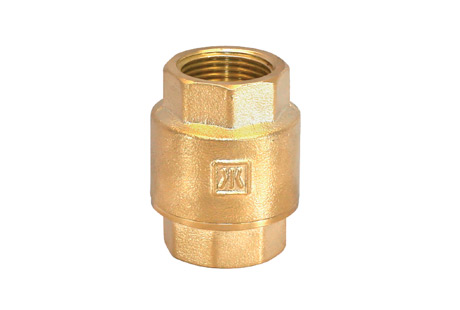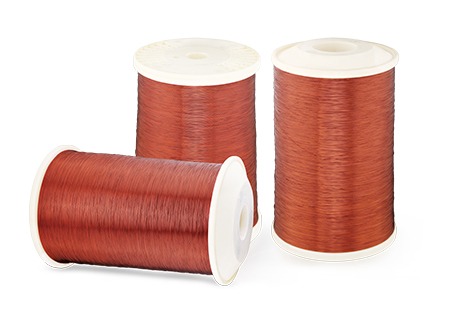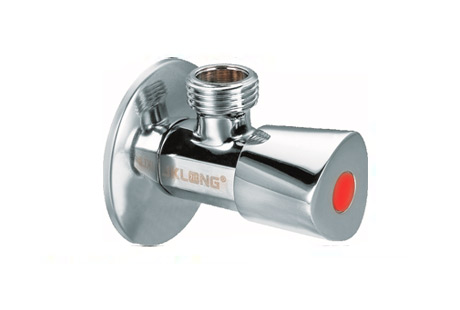With the rapid advancement of rail transportation technology, high-speed trains and subways have become an integral part of people's daily commutes. In these advanced rail transportation systems, oxygen-free copper bars, a high-performance metal material, have demonstrated their indispensable value. Oxygen-free copper bars are made from copper rods through a very stringent oxidation process. Compared to ordinary copper rods, oxygen-free copper bars possess higher conductivity, strength, and toughness, and can maintain stable performance in high-temperature environments. This article will delve into the specific practical applications of oxygen-free copper bars in the rail transportation sector and their crucial role in enhancing train performance and reducing energy consumption.
Outstanding Applications of Oxygen-Free Copper Bars in High-Speed Trains
In the manufacturing process of high-speed trains, oxygen free copper bar is meticulously used in core components such as electrical systems and contact networks. With their excellent electrical and thermal conductivity, oxygen-free copper bars significantly reduce resistance and energy loss, thereby improving the transmission efficiency of electrical energy. Meanwhile, their high strength and outstanding corrosion resistance ensure the stability and safety of trains during high-speed operations.
Key Roles of Oxygen-Free Copper Bars in Subway Systems
Oxygen-free copper bars also play a crucial role in subway systems. Important parts of subway vehicles, such as motors, cables, and contact rails, all benefit from the superior electrical and mechanical properties of oxygen-free copper bars, ensuring the reliability and safety of train operations. Furthermore, the corrosion resistance of oxygen-free copper bars allows them to operate stably for long periods in humid and dusty subway environments.
Comprehensive Enhancement of Train Performance by Oxygen-Free Copper Bars
The application of oxygen-free copper bars not only improves the electrical performance of trains but also positively impacts the overall performance of trains. By optimizing electrical systems and reducing energy loss, trains can achieve higher speeds and longer travel distances with the same energy consumption. Additionally, the high strength and corrosion resistance of oxygen-free copper bars enhance the structural strength and durability of trains, thereby extending their service life.
Contributions of Oxygen-Free Copper Bars in Energy Saving and Consumption Reduction
In the field of rail transportation, energy saving and consumption reduction have always been industry goals. Oxygen-free copper bars, with their excellent electrical and thermal conductivity, play a key role in reducing energy loss and improving energy conversion efficiency. By applying oxygen-free copper bars, rail transportation systems not only ensure superior train performance but also significantly reduce energy consumption, promoting the development of green, low-carbon travel methods.
Jintian Copper produced T2, TU2 copper bars, and copper strips can be widely used in electrical engineering, appliances, power transmission and transformation, mold making, metal processing, and other industries. As one of China's best suppliers of copper busbars, JINTIAN offers high-quality oxygen-free copper (OFC) busbars as excellent conductive materials for various high and low voltage electrical accessories, and they are also competitively priced. Choosing us will not let you down.

 English
English 日本語
日本語 한국어
한국어 français
français Deutsch
Deutsch Español
Español italiano
italiano العربية
العربية tiếng việt
tiếng việt Türkçe
Türkçe ไทย
ไทย 中文
中文





